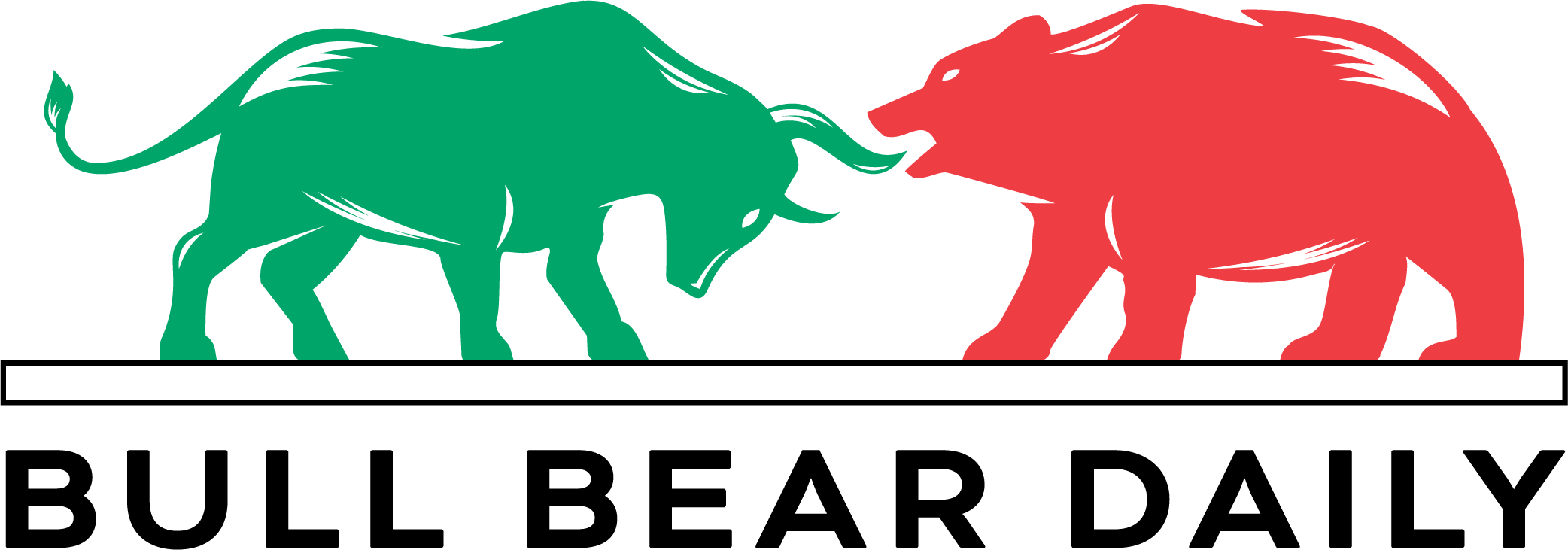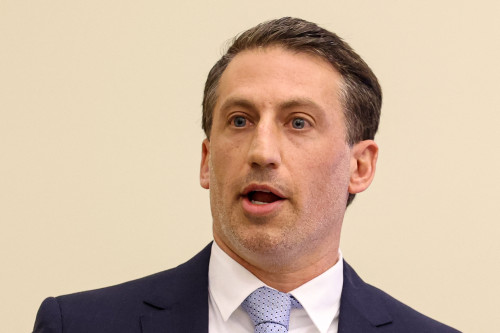By Lucia Mutikani
WASHINGTON (Reuters) – U.S. manufacturing activity contracted further in December, with a measure of factory output dropping to the lowest level in more than 4-1/2 years amid worries that higher tariffs would raise prices of imported raw materials next year.
S&P Global said on Monday that its flash manufacturing PMI dropped to 48.3 this month from 49.7 in November. Economists polled by Reuters had forecast a flash reading of 49.8. A PMI reading below 50 indicates contraction in manufacturing, which accounts for 10.3% of the economy.
A gauge of production at factories declined to 46.0, the lowest level since May 2020, from 47.9 in November.
President-elect Donald Trump said he would impose a 25% tariff on all products from Mexico and Canada and an additional 10% tariff on goods from China. The three nations are the main trade partners of the United States.
Euphoria over the outcome of the Nov. 5 presidential election, however, boosted the services sector flash PMI to a 38-month high of 58.5 from 56.1 in November. That hoisted the composite PMI Output Index, which tracks the manufacturing and services sectors, to 56.6 this month – the highest level since March 2022 – from 54.9 in November.
Businesses are anticipating fewer regulations and more tax cuts from the incoming Trump administration.
“However, some of the high spirits seen after the election in the manufacturing sector have been checked over concerns surrounding tariffs and the potential impact on inflation resulting from the higher cost of imported materials,” said Chris Williamson, chief business economist at S&P Global Market Intelligence.
The survey’s measure of new orders received by factories fell to 47.6 from 49.3 in November. Supplier delivery times lengthened a bit, which was blamed on labor shortages.
A gauge of prices paid by manufacturers for inputs vaulted to 59.1. That was the highest level since November 2022 and followed 52.3 in November.
Goods price deflation amid normalizing supply chains has largely driven the sharp slowdown in inflation from the multi-decade peaks seen in 2022, allowing the Federal Reserve to start cutting interest rates in September. Economists have been warning that tariffs and a separate plan to deport millions of undocumented immigrants would fuel inflation.
“December saw raw material prices spike sharply higher amid supplier-led price rises and higher shipping costs, in a reflection of busier supply chains in advance of threatened protectionism in the new year,” said Williamson.
(Reporting by Lucia Mutikani)

